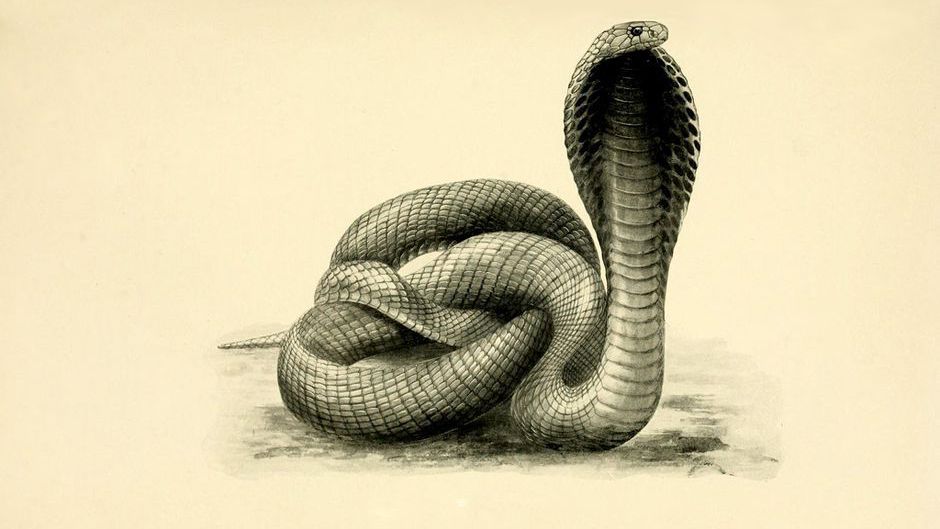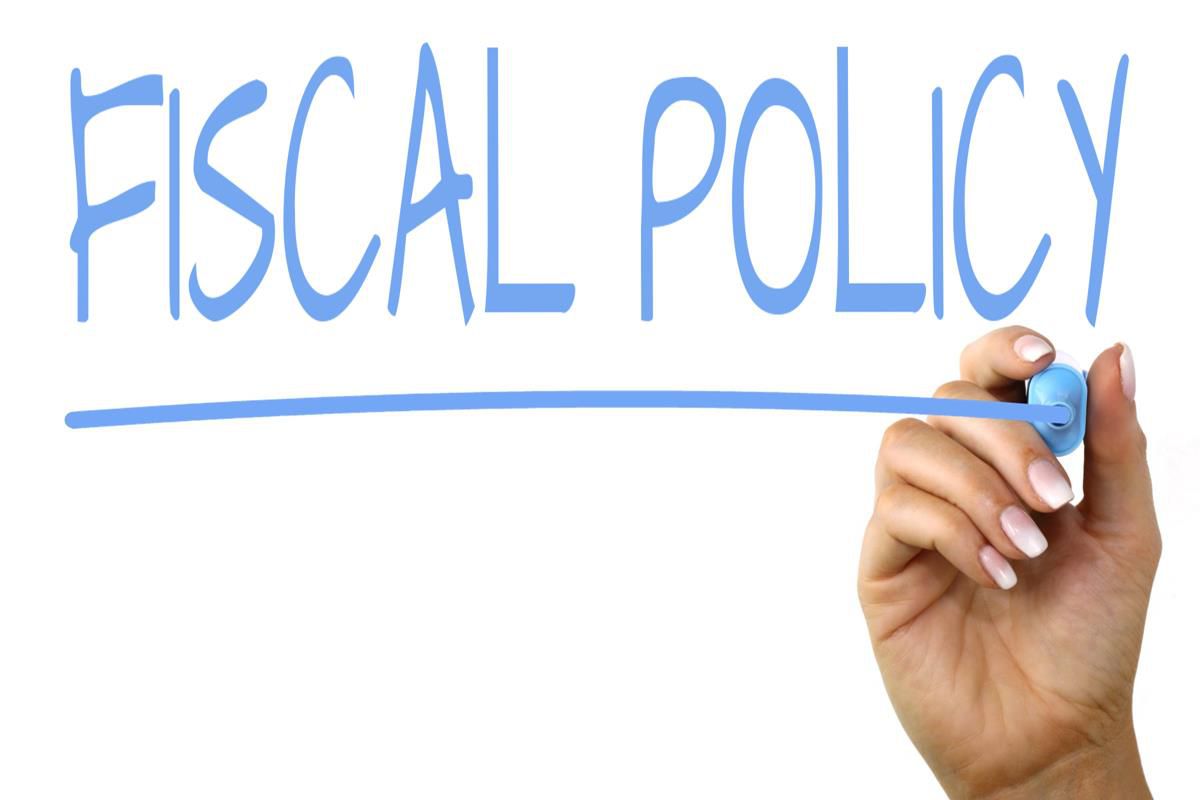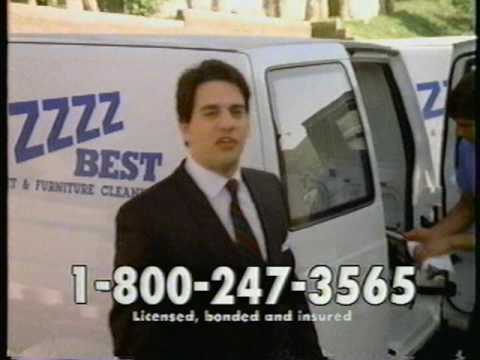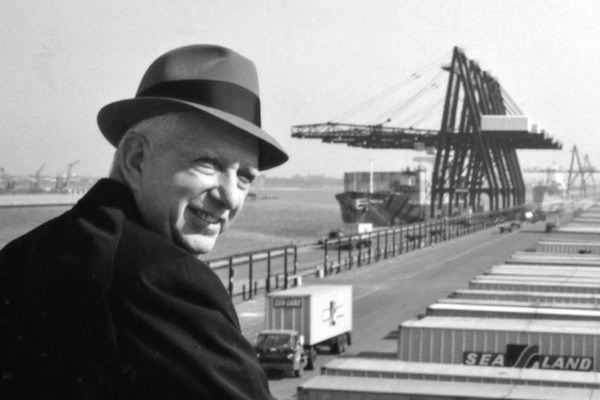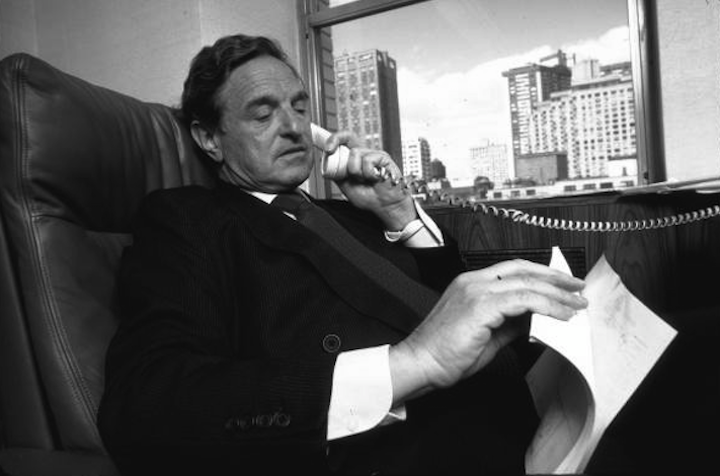
In 1906, a lawyer in Maine decided to buy a cranberry bog.
100+ years (and one vibing skateboarder) later, the legacy of his decision spans an international, multi-billion dollar business.
Who's up for a story?
👇👇👇
100+ years (and one vibing skateboarder) later, the legacy of his decision spans an international, multi-billion dollar business.
Who's up for a story?
👇👇👇
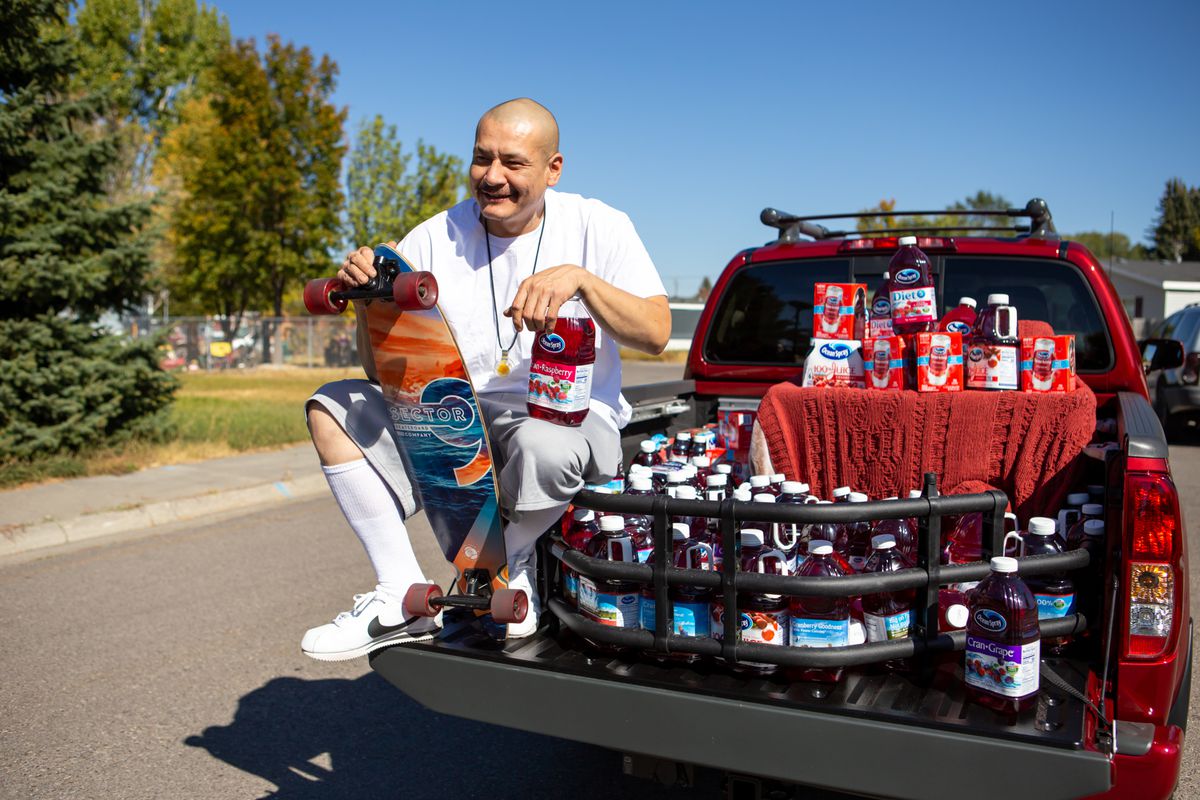
1/ Marcus L. Urann was born on October 2, 1873 in Holden, Maine, a small town on the outskirts of Bangor.
In 1893, while attending the University of Maine, he was the captain of its first football team and a founding member of the Phi Kappa Phi fraternity.
In 1893, while attending the University of Maine, he was the captain of its first football team and a founding member of the Phi Kappa Phi fraternity.
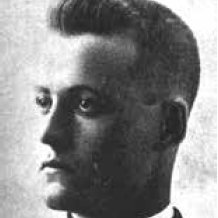
2/ After graduating, he embarked on a reputable career as a lawyer in his native state.
But Marcus Urann had an entrepreneurial thirst that could not be quenched by this safe day job.
So in 1906, the lawyer from Maine purchased a cranberry bog.
He had big plans.
But Marcus Urann had an entrepreneurial thirst that could not be quenched by this safe day job.
So in 1906, the lawyer from Maine purchased a cranberry bog.
He had big plans.

3/ The short selling season of cranberries had been a challenge.
The super-fruit was harvested during a short window in the fall, but the lack of packaging technology meant it had to be consumed immediately, limiting its commercial potential.
Marcus Urann saw an opportunity.
The super-fruit was harvested during a short window in the fall, but the lack of packaging technology meant it had to be consumed immediately, limiting its commercial potential.
Marcus Urann saw an opportunity.
4/ His solution: canning technology.
It was relatively new at the time, but offered the potential to extend the life of Urann's cranberry products for months.
So he established facilities in Hanson, Massachusetts and got to work. The Ocean Spray Preserving Co. was in business.
It was relatively new at the time, but offered the potential to extend the life of Urann's cranberry products for months.
So he established facilities in Hanson, Massachusetts and got to work. The Ocean Spray Preserving Co. was in business.
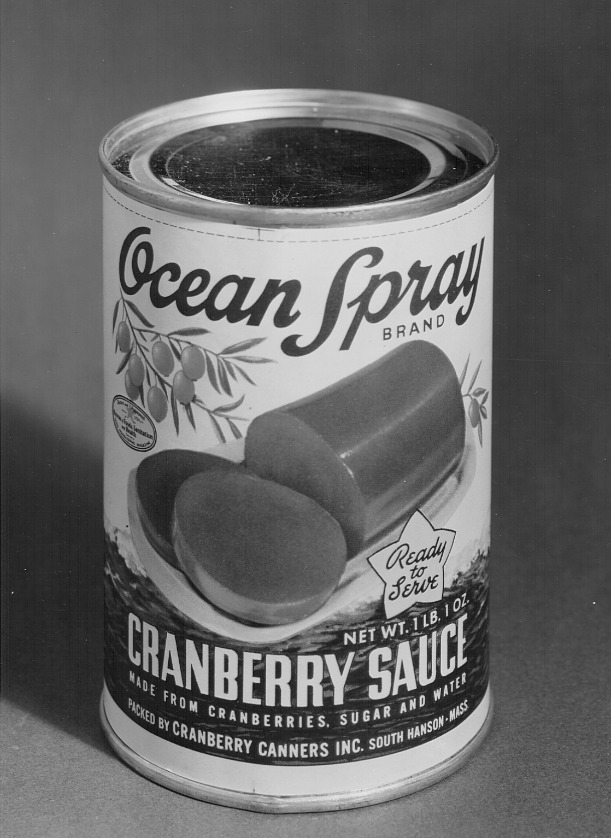
5/ Marcus Urann's canned cranberry sauce and juice were an immediate success.
People began calling him the Cranberry King.
But as the cranberry market expanded, competition grew fierce, threatening to bankrupt many of the small, undercapitalized growers and packagers.
People began calling him the Cranberry King.
But as the cranberry market expanded, competition grew fierce, threatening to bankrupt many of the small, undercapitalized growers and packagers.
6/ Realizing that operating in this environment spelled trouble, Urann convinced his two primary competitors - John Makepeace of the AD Makepeace Company and Elizabeth Lee of the Cranberry Products Company - to join forces.
In 1930, the three merged into a cooperative.
In 1930, the three merged into a cooperative.
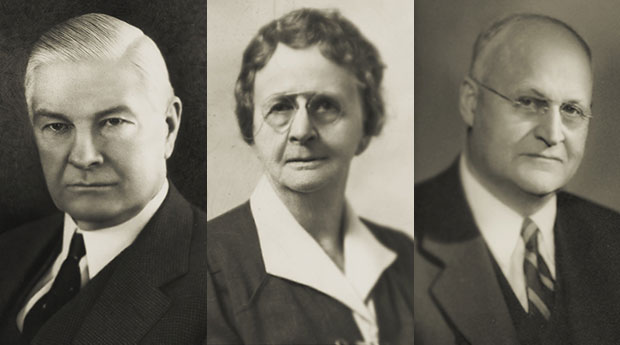
7/ While the cooperative didn't officially take the name until later, in essence, Ocean Spray was officially born.
Some questioned the structure, but Urann told the AP it provided for "grower control, which means self control to maintain the lowest possible price to consumers."
Some questioned the structure, but Urann told the AP it provided for "grower control, which means self control to maintain the lowest possible price to consumers."
8/ Over the years and decades, Ocean Spray continued to innovate, launching popular products like the cranberry juice cocktail.
The ranks of the agricultural cooperative's growers continued to expand.
It opened new facilities and became a staple of the American dinner table.
The ranks of the agricultural cooperative's growers continued to expand.
It opened new facilities and became a staple of the American dinner table.
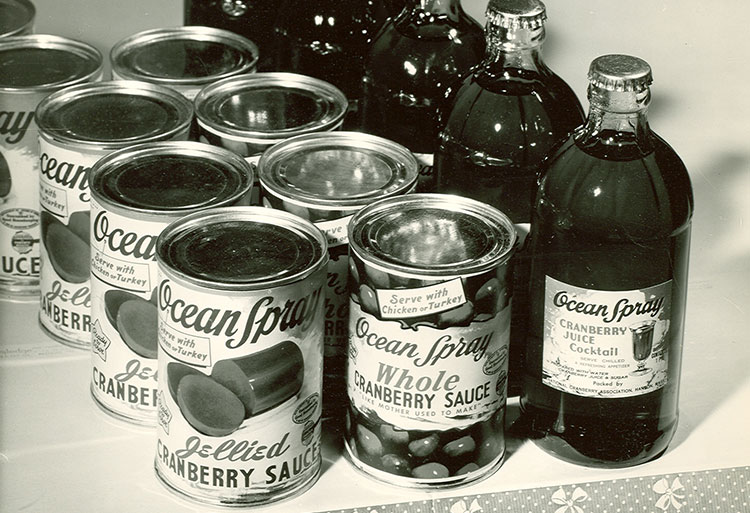
9/ In 1959, Ocean Spray faced a major crisis. It was announced that pesticide residue had been found in cranberries from the Pacific Northwest.
But the short-term hit to sales proved to be just that - short-term.
Within a few years sales had rebounded and cranberries were back.
But the short-term hit to sales proved to be just that - short-term.
Within a few years sales had rebounded and cranberries were back.
10/ In April 1963, Marcus Urann passed away. But the legacy of his ideas and innovation would live on.
By 1974, Ocean Spray crossed $100 million in sales. By 1980, it surpassed $500 million.
In 1992, buoyed by several successful joint ventures, it broke $1 billion in sales.
By 1974, Ocean Spray crossed $100 million in sales. By 1980, it surpassed $500 million.
In 1992, buoyed by several successful joint ventures, it broke $1 billion in sales.
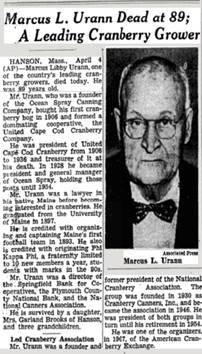
11/ Today, Ocean Spray employs over 2,000 people.
It's ~700 growers account for over 70% of North American cranberry production.
The company remains 100% farmer-owned.
Recently, it has seen a surge on the back of an endearing, vibing skateboarder named Nathan Apodaca.
It's ~700 growers account for over 70% of North American cranberry production.
The company remains 100% farmer-owned.
Recently, it has seen a surge on the back of an endearing, vibing skateboarder named Nathan Apodaca.
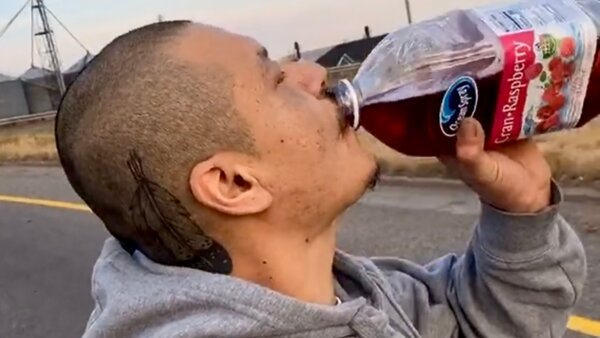
12/ So the next time you are skateboarding down the street, vibing to Fleetwood Mac, and drinking a refreshing bottle of Ocean Spray cranberry juice, tip a hat to Marcus Urann, the gentleman cranberry farmer who changed the world. 
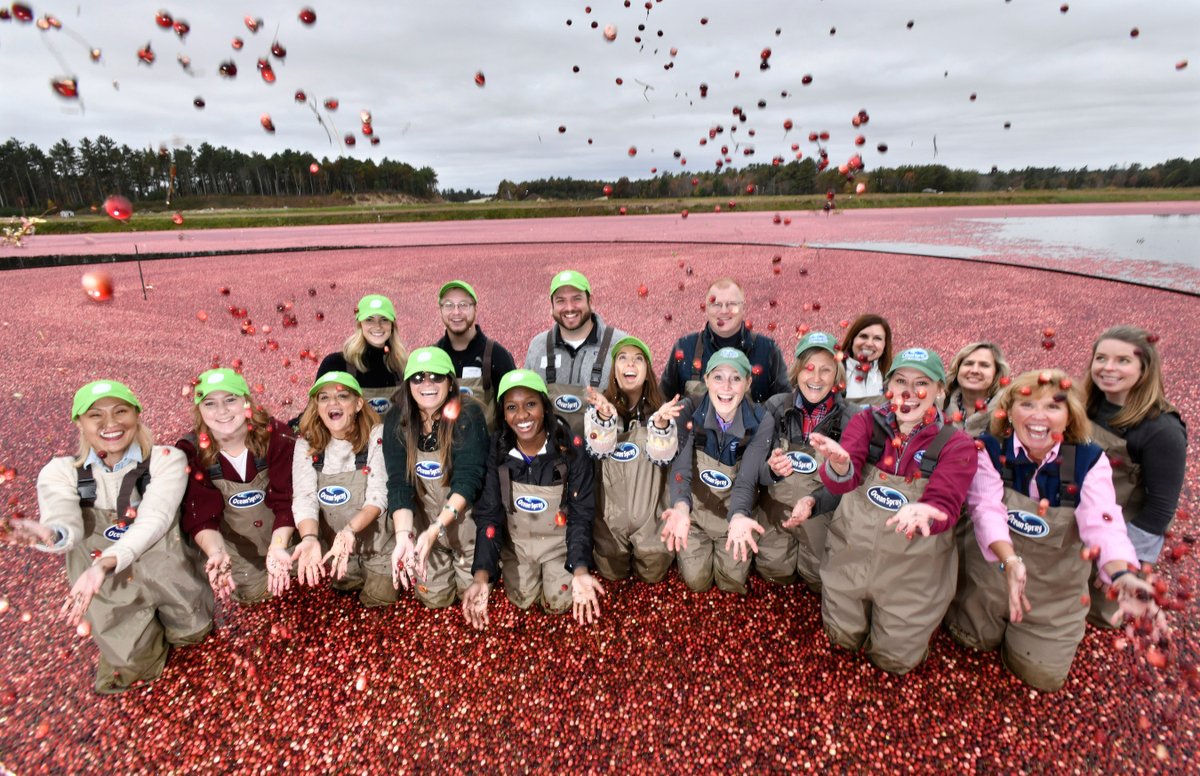
13/ And for more educational threads on business, finance, money, and economics, check out my meta-thread below!
https://twitter.com/SahilBloom/status/1284583099775324161
14/ Sources:
oceanspray.com/Our-Story
fundinguniverse.com/company-histor…
smithsonianmag.com/arts-culture/t…
oceanspray.com/Our-Story
fundinguniverse.com/company-histor…
smithsonianmag.com/arts-culture/t…
• • •
Missing some Tweet in this thread? You can try to
force a refresh

